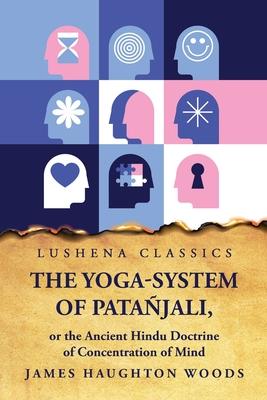Reasons for taking np the work. It is not without misgiving that one ventures to render into English the texts of an intricate system which have never, with the exception of the sutras, been translated in Europe or A merica. But the historical importance of those texts, as forming a bridge between the philosophy of ancient India and the fully developed Indian Buddhism and the religious thought of to-day in Eastern A sia, emboldens one to the attempt. For this system, together with theN yaya and Vaicesika systems, when grafted upon the simple practical exhortations of primitive Buddhism, serves as an introduction to the logical and metaphysical masterpieces of theM ahayana. 2. Difficulties of comprehending the work. Even after a dozen readings the import of some paragraphs is not quite clear, such for example as the first half of theB hasya on iii. 14. Still more intractable are the single technical terms, even if the general significance of the word, superficially analysed, is clear. This irreducible residuum is unavoidable so long as one cannot feel at home in that type of emotional thinking which culminates in a supersensuous object of aesthetic contemplation. 3. Difficulties of style. The Bhasya and, still more, the Tattva-vaicaradi are masterpieces of the philosophical style. They are far from being a loosely collected body of glosses. Their excessively abbreviated and disconnected order of words is intentional. The Mimansa discussed first the meaning of words (paddrtha); then in a distinct section the meaning of the sentences (vdkydrtha); and finally and most fully the implication (bhdvartha) of the sentences as a whole. Wherever the sentence-form is lacking, I have introduced in brackets the words needed to make a declarative clause. Much more obscurity remains in the bhdvartha section of theB hasya. For here many extraneous technical terms are surrept

Reasons for taking np the work. It is not without misgiving that one ventures to render into English the texts of an intricate system which have never, with the exception of the sutras, been translated in Europe or A merica. But the historical importance of those texts, as forming a bridge between the philosophy of ancient India and the fully developed Indian Buddhism and the religious thought of to-day in Eastern A sia, emboldens one to the attempt. For this system, together with theN yaya and Vaicesika systems, when grafted upon the simple practical exhortations of primitive Buddhism, serves as an introduction to the logical and metaphysical masterpieces of theM ahayana. 2. Difficulties of comprehending the work. Even after a dozen readings the import of some paragraphs is not quite clear, such for example as the first half of theB hasya on iii. 14. Still more intractable are the single technical terms, even if the general significance of the word, superficially analysed, is clear. This irreducible residuum is unavoidable so long as one cannot feel at home in that type of emotional thinking which culminates in a supersensuous object of aesthetic contemplation. 3. Difficulties of style. The Bhasya and, still more, the Tattva-vaicaradi are masterpieces of the philosophical style. They are far from being a loosely collected body of glosses. Their excessively abbreviated and disconnected order of words is intentional. The Mimansa discussed first the meaning of words (paddrtha); then in a distinct section the meaning of the sentences (vdkydrtha); and finally and most fully the implication (bhdvartha) of the sentences as a whole. Wherever the sentence-form is lacking, I have introduced in brackets the words needed to make a declarative clause. Much more obscurity remains in the bhdvartha section of theB hasya. For here many extraneous technical terms are surrept